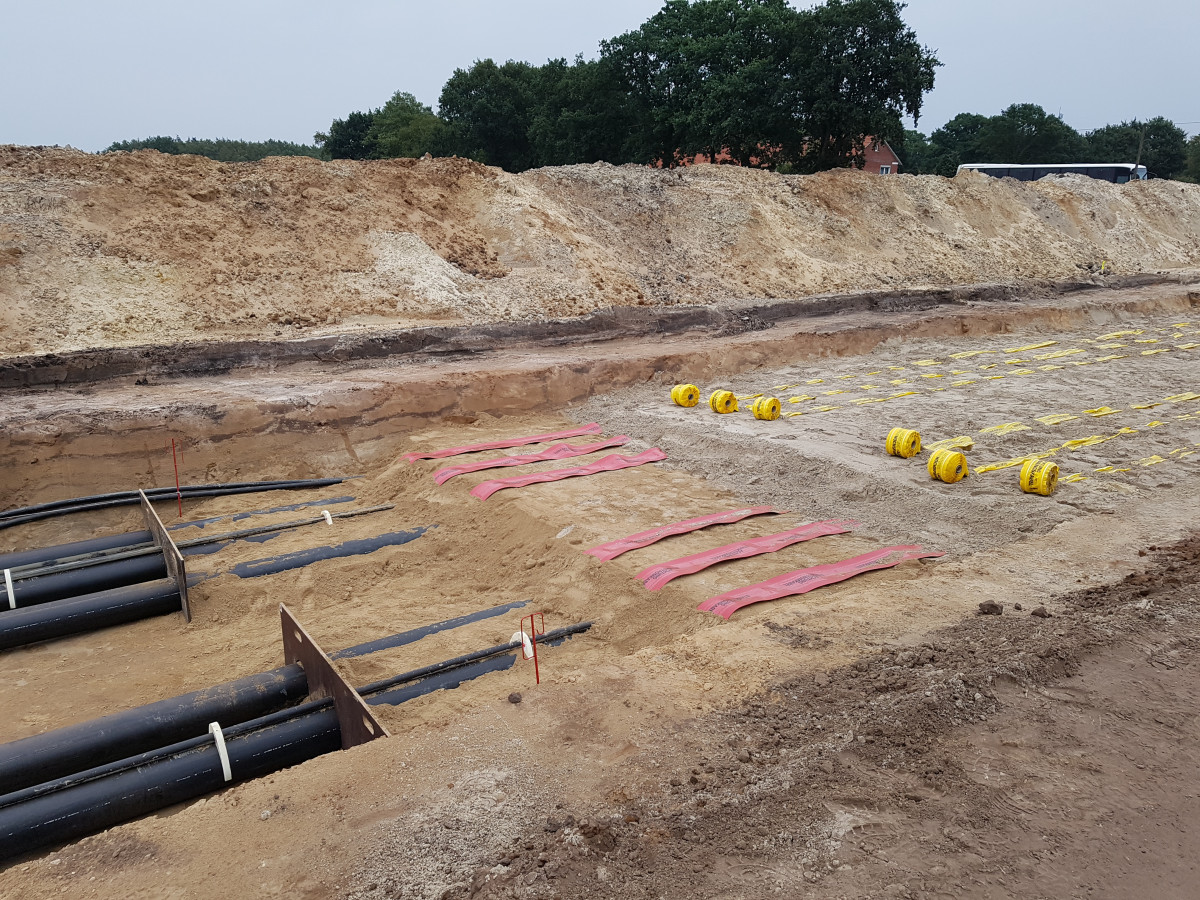Grid operators propose thousands of kilometres of new lines to meet green energy needs
Germany will need an additional 1,600 km of transmission lines and the refurbishment of another 2,900 km by 2030, according to recommendations by the four transmission grid operators. The first version of the “Grid Development Plan 2030” (NEP) by operators TenneT, TransnetBW, 50Hertz and Amprion did not come as a surprise to most observers from politics and industry, since a growing renewables roll-out and declining fossil electricity production were going to require more power transport.
Because the currently planned expansion of the power grid is lagging behind due to citizen protests and planning difficulties, the energy ministry introduced a power grid action plan in summer 2018 and wants to see the majority of grid connections approved by 2021, the minister said in September.
The new NEP details the need for more electricity transport across Germany, and in particular from the windy north to the power-hungry south by taking into account scenarios for future renewable growth and the decline of conventional power production. While the four grid operators were not able to incorporate the recommendations for a coal exit timetable by the coal commission in the first version of the NEP, their scenarios B (moderate energy transition) and C (smallest conventional power plant fleet, more renewables, storage and sector coupling) are already calculating with a coal plant fleet that is similar to the commission’s suggestion. They say, as a central project, two more direct current underground cables going from north to south with a length of 1,160 kilometres, will be needed. The costs for the grid expansion according to these suggestions would be 52 billion euros, up from 35 billion euros in the estimates two years ago.
Energy industry group BDEW commented that by increasing the goal for the renewables share in power consumption to 65 percent by 2030 (instead of 50 %), it was “perfectly clear” that additional grid connections would be required. The association applauded the fact that the new NEP included innovative solutions such as overhead line temperature monitoring which could limit the building of new power lines. “Now politicians must do all they can to promote the construction of the necessary power lines and their acceptance on the ground,” BDEW-head Stefan Kapferer said.
Green Party MP Ingrid Nestle said no one should be surprised at figures in the NEP, since they were part of the necessary expansion to cater for ultimately 100 percent green electricity in the future. “We expect the German government to conduct an honest debate about the costs of electricity grids. We’re looking at 60 to 80 billion euros spending on imported fossil fuels at the moment, compared to a one-off payment of 52 billion for the transport of green electricity,” she said in a press statement.
Environmental protection NGO WWF Germany said the new NEP wasn’t going far enough because it only looked at the next decade. “In the long term, the need for grid expansion must be oriented towards the goal of greenhouse gas neutrality by 2050. Germany will only make its contribution to the Paris climate targets with a decarbonised electricity system,” WWF energy expert Henrik Maatsch said in a statement.
Simone Peter, president of renewable industry association BEE said it was important to strike the balance between a “committed” and, at the same time, appropriate grid expansion. It was therefore a good development that the new NEP included sector coupling options and new technologies to better steer power flows in addition to new transmission lines. The new lines were also important for the internal European electricity market, she added in a statement.
The NEP, which is to be publicly consulted until 4 March 2019, will be re-drafted by the grid operators and is due to be consulted again and finally adopted by the Federal Network Agency (Bundesnetzagentur) by the end of 2019 and which point the recommendations can become part of a federal grid development law.


